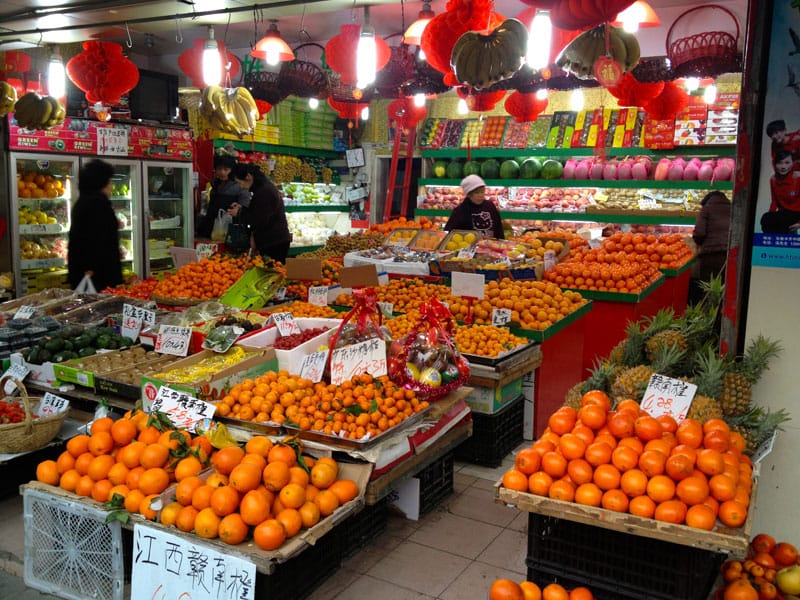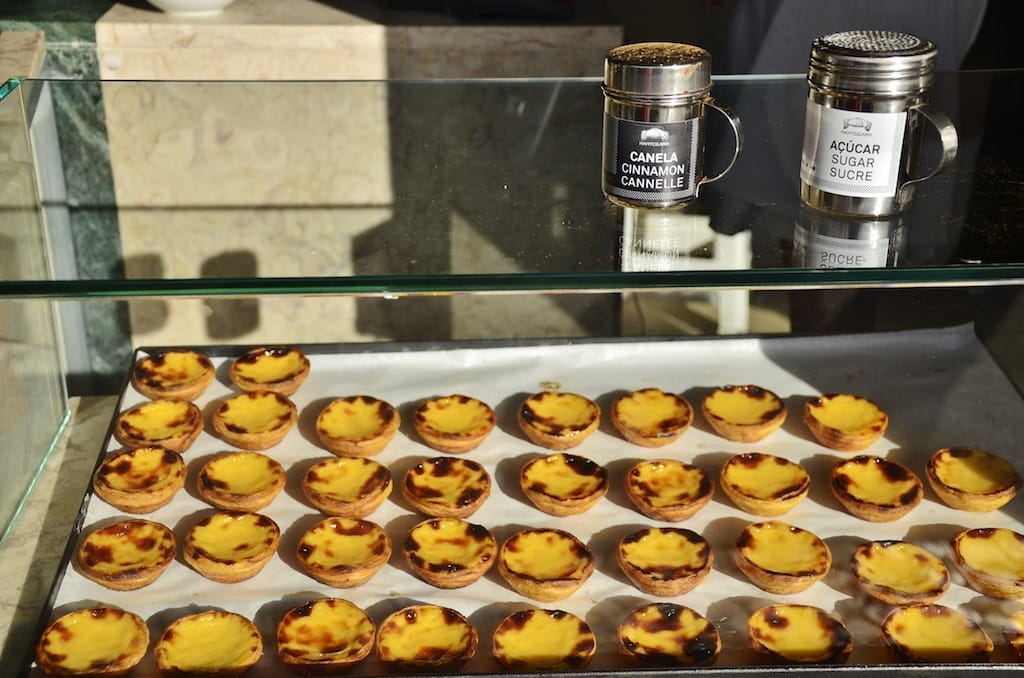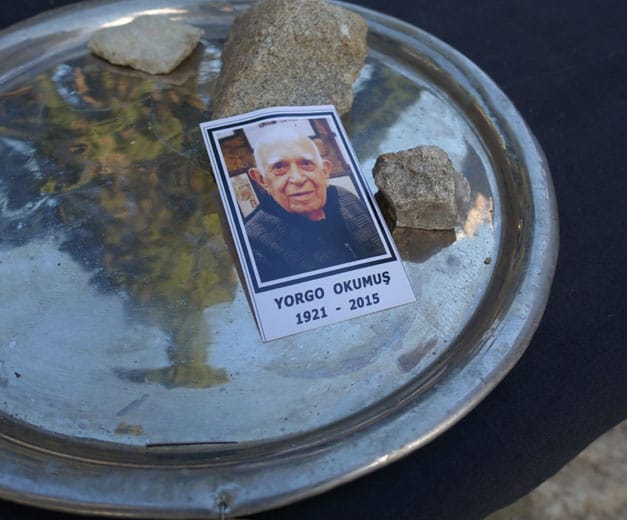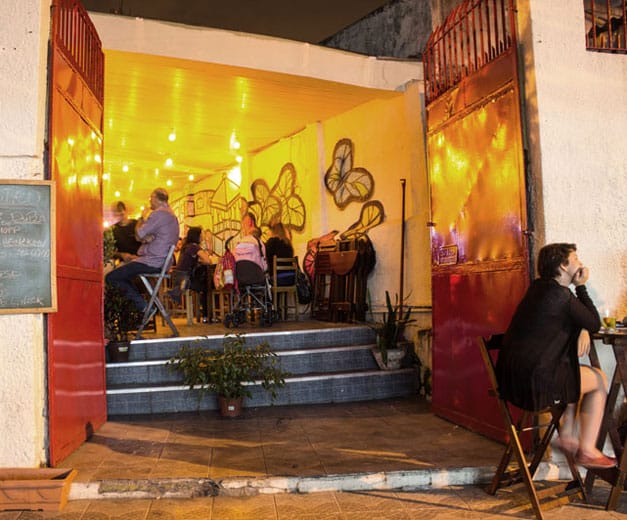As the moon starts to wane each January, people throughout China frantically snatch up train and bus tickets, eager to start the return journey to their hometown to celebrate the Lunar New Year (春节, chūnjié) with their family. This year, revelers will make an estimated 3.64 billion passenger trips during the festive season, up 200 million from the previous year. One of the major draws for migrant workers heading home is the chance to eat traditional, home-cooked meals.
You won’t get through a conversation about Spring Festival, as the holiday is also known (“Spring Festival” is the literal translation of chūnjié), without a local waxing poetic about the holiday’s dishes, which vary region to region but have one very important thing in common: delicious symbolism. These festive meals pull double duty, using allegorical shapes and homophones to add prophetic wordplay to family dinners.
On Chinese New Year’s Eve (除夕, chú xī), which takes place this year on January 30, the final day of Year of the Snake, the first task at hand in most households will be folding dumplings (包饺子, bāo jiǎozi) by the hundred. Dumplings resemble ancient gold ingots and thus represent wealth. To bolster the metaphor, Chinese mothers tuck a coin or two into a few of them; the lucky ones who bite into the dumplings with money will be blessed with a very prosperous year. They are typically stuffed with pork and vegetables, though some non-pork-eating minorities use lamb or beef instead.
If you’re in Shanghai and don’t have a Chinese mom cooking dumplings, head to Dongbei Siji Jiaozi Wang, which reopens on February 10 to serve their steaming platters of boiled (but coinless) dumplings from China’s Northeast provinces.
 Sometimes called Reunion Dinner (团圆饭, tuányuánfànor, or 年夜饭, nián yè fàn), New Year’s Eve Dinner is a big holiday feast day, typically with eight dishes and one soup (eight is a lucky number that sounds like the Chinese word for wealth). Whole fish (鱼, yú) with the head and tail intact are used to symbolize abundance (余, yú) and to complete the phrase “There will be abundance [fish] every year” (年年有余/鱼, niánniányǒuyú). Similarly, steamed glutinous rice flour cakes (年糕, niángāo) bring eaters a year of higher prosperity (年高, niāngāo), and even vegetables get in on the homophonic action, with lettuce (生菜, shēngcài) standing in for the verb “to make money” (生财, shēngcái).
Sometimes called Reunion Dinner (团圆饭, tuányuánfànor, or 年夜饭, nián yè fàn), New Year’s Eve Dinner is a big holiday feast day, typically with eight dishes and one soup (eight is a lucky number that sounds like the Chinese word for wealth). Whole fish (鱼, yú) with the head and tail intact are used to symbolize abundance (余, yú) and to complete the phrase “There will be abundance [fish] every year” (年年有余/鱼, niánniányǒuyú). Similarly, steamed glutinous rice flour cakes (年糕, niángāo) bring eaters a year of higher prosperity (年高, niāngāo), and even vegetables get in on the homophonic action, with lettuce (生菜, shēngcài) standing in for the verb “to make money” (生财, shēngcái).
In addition to family dinners, businesses and government departments in China often throw end-of-the-year banquets at hotel restaurants and famous chains. However, the installation of President Xi Jinping has seen austerity measures put in place, resulting in a 30 percent decline in restaurant bookings for this year’s Spring Festival dinners.
That hasn’t stopped all the restaurant chains from raking in the RMB. Shanghai Min (often better known by its Chinese name, Xiao Nan Guo), which has more than 30 locations around town, sold out all of its tables two weeks before the holiday, but they are dealing with lower budgets. The minimum spending for a table of 10 has dropped from RMB 2,888 ($476) last year to RMB 1,988 ($328), and there are a lot of group deals available across the Chinese internet.
Art Deco favorite Whampoa Club is also getting in on the New Year action, with three innovative Shanghainese set menus (RMB 3,988 to 5,988, plus 10% for 10 people). The auspicious 12-course dinners are named after lucky Chinese signs (phoenix, dragon and the mythological qilin), so you’ll be sure to eat your way to healthy and wealthy Year of the Horse with their magical menus.
New Year’s Day, which lands on January 31 this year, is a day of visiting family and friends around the village. The custom is to give children red envelopes stuffed with money at each stop, as well as candies, fruits and nuts that the adults nibble on while they wish their neighbors a prosperous new year. Tangerines (桔, jú) are easy-to-peel homonyms for good luck (吉, jí) and are, conveniently, at the peak of their season just as New Year arrives. Pumpkin seeds (南瓜子, nánguāzǐ) are another popular holiday snack, as the Chinese name recalls a slang way of referring to the traditionally more desirable male child (男娃子, nánwázi).
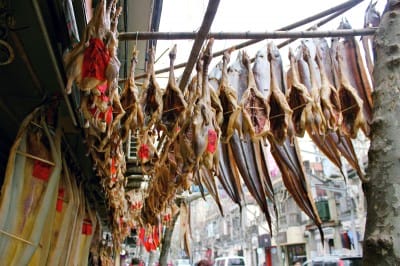 With many restaurants and markets shuttered for the holidays, families have to plan ahead to make sure they eat well throughout Spring Festival. As a result, it’s not unusual to see whole split fish or ham hocks drying on laundry lines in the days leading up to the holiday. Shanghai locals also visit places such as the pop-up dried fish and poultry market on Danshui Lu (where most of the “fish” is actually conger pike, a type of eel) and the year-round pork purveyor Jufeng Cured & Salted Pork Shop to stock up on all the preserved goodies they could possibly need. At Guang Ming Cun, hungry diners wait for hours to take home tasty soy-sauce-braised duck (酱鸭, jiàngyā) and smoked fish (熏鱼, xūnyú). Guang Ming Cun is closed on the afternoon and evening of Chinese New Year’s Eve but reopens for the rest of the holiday, to keep you and yours well-stocked until the rest of the city puts the fireworks away and stops celebrating.
With many restaurants and markets shuttered for the holidays, families have to plan ahead to make sure they eat well throughout Spring Festival. As a result, it’s not unusual to see whole split fish or ham hocks drying on laundry lines in the days leading up to the holiday. Shanghai locals also visit places such as the pop-up dried fish and poultry market on Danshui Lu (where most of the “fish” is actually conger pike, a type of eel) and the year-round pork purveyor Jufeng Cured & Salted Pork Shop to stock up on all the preserved goodies they could possibly need. At Guang Ming Cun, hungry diners wait for hours to take home tasty soy-sauce-braised duck (酱鸭, jiàngyā) and smoked fish (熏鱼, xūnyú). Guang Ming Cun is closed on the afternoon and evening of Chinese New Year’s Eve but reopens for the rest of the holiday, to keep you and yours well-stocked until the rest of the city puts the fireworks away and stops celebrating.
This article is an update of the one published on February 8, 2013.
 January 31, 2018 Sun-Dappled Pasteis De Nata
January 31, 2018 Sun-Dappled Pasteis De Nata
Our Culinary Crossroads walk in Lisbon wouldn’t be complete with a stop for the city’s […] Posted in Lisbon October 29, 2015 Farewell, Yorgo
October 29, 2015 Farewell, Yorgo
On any given night, bustling, narrow Nevizade Street in the heart of Istanbul’s Beyoğlu […] Posted in Istanbul August 29, 2014 Bar Castro
August 29, 2014 Bar Castro
The busy outer neighborhoods of Rio de Janeiro – locals refer to them as “suburbs,” […] Posted in Rio
Published on January 27, 2014
Related stories
January 31, 2018
LisbonOur Culinary Crossroads walk in Lisbon wouldn’t be complete with a stop for the city’s iconic and delicious custard tart, pastel de nata. These ones were shot on a particularly beautiful winter day, when the sun was shining down on the City of Light.
October 29, 2015
IstanbulOn any given night, bustling, narrow Nevizade Street in the heart of Istanbul’s Beyoğlu district buzzes with thick crowds of evening revelers searching for the best table while clean-shaven waiters in their customary uniform of pressed white shirts and V-neck sweaters attempt to lure the crowds into their establishments. Hyperactive as it may be, Nevizade…
August 29, 2014
RioThe busy outer neighborhoods of Rio de Janeiro – locals refer to them as “suburbs,” though they are anything but – are full of old bars. Some of the best botequins (small, family-run establishments serving traditional food) have been kicking around in these parts for ages – but not all of them. One of the…







































